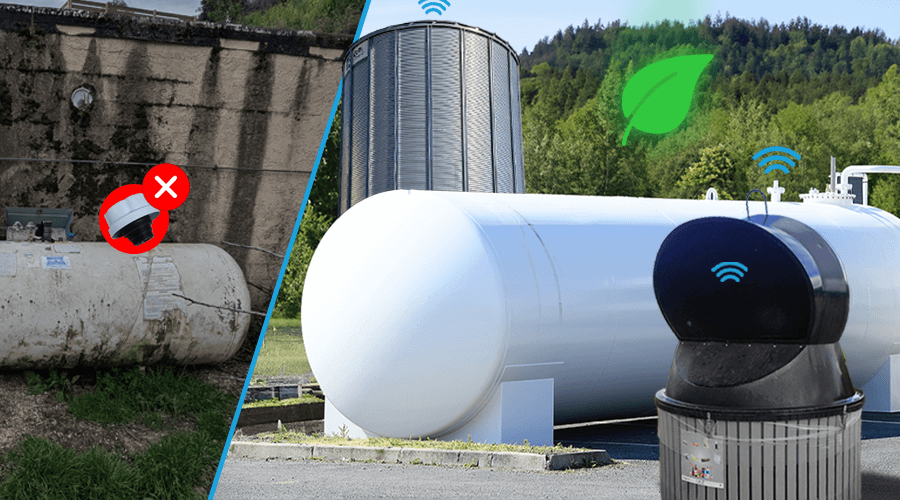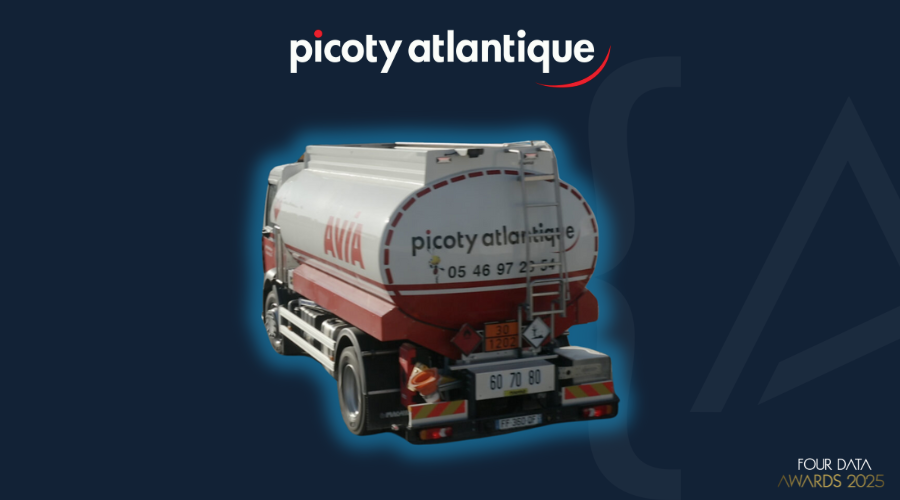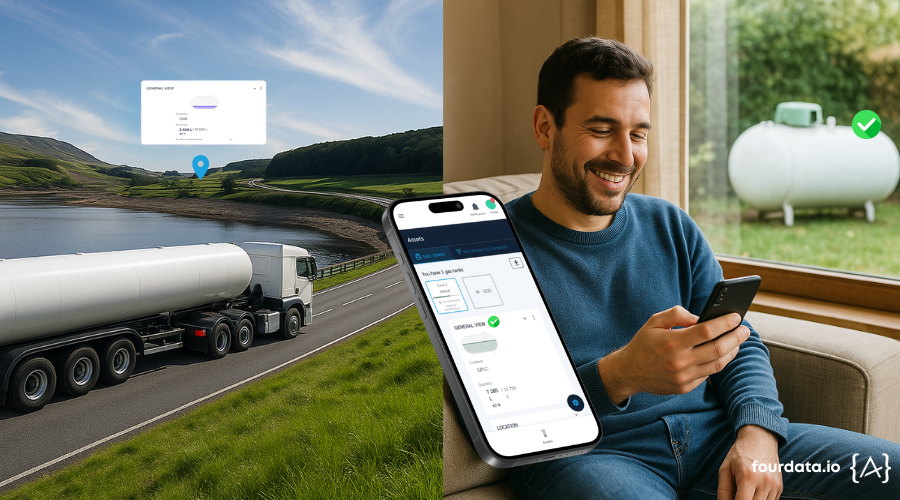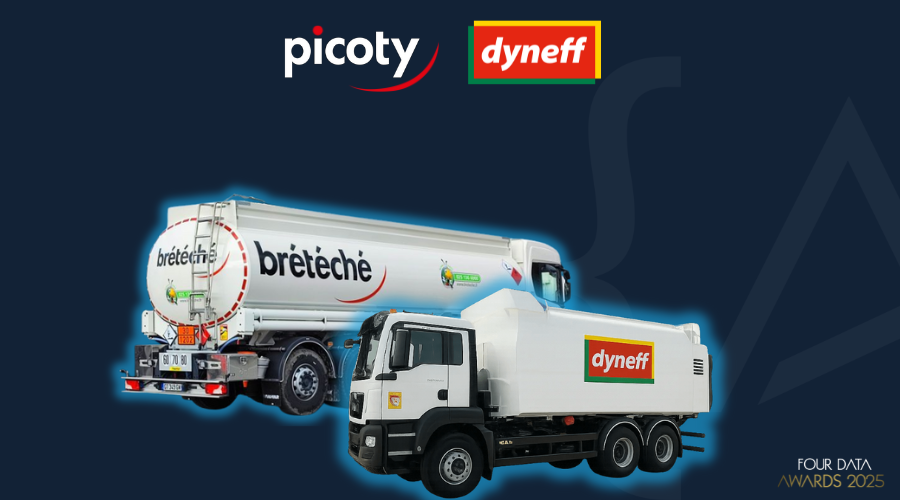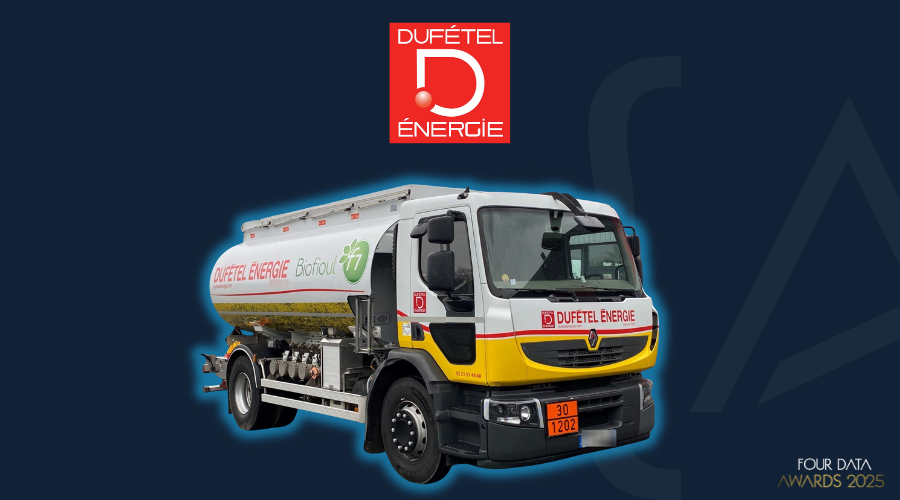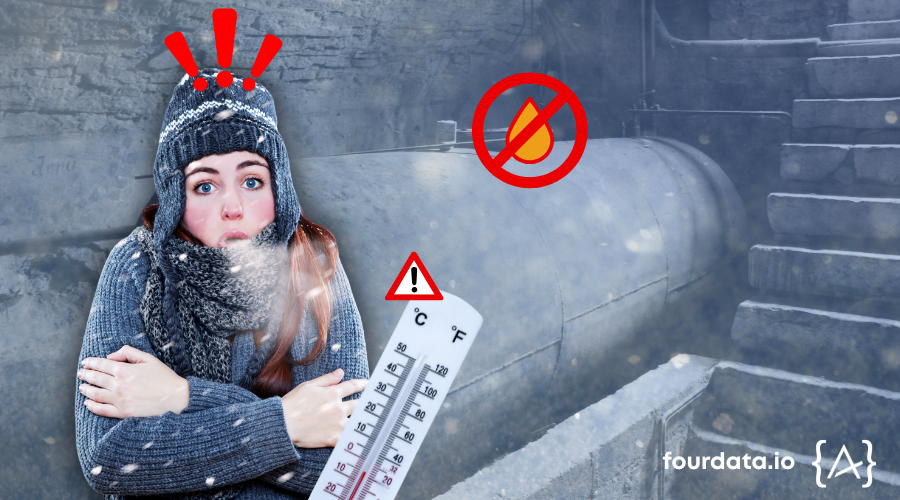Connected Solutions: Data as the New Energy for Territories

Introduction
In the digital age, connected solutions are profoundly transforming territorial management. The Internet of Things (IoT) enables urban and rural infrastructures to collect, analyze, and use data to optimize public services, improve energy efficiency, and enhance citizens’ quality of life. This technological revolution is based on interconnected systems capable of interacting with their environment in delayed time, facilitating decision-making and the automation of operational processes.
According to a Frontiers in Sustainable Cities study published in January 2025, integrating data into smart city projects has led to significant progress in operational efficiency, climate resilience, and urban governance. These results show how connected solutions can support territories in their transition to more sustainable and high-performing development models (source).
The applications are numerous: water networks, waste management, air quality monitoring, transport infrastructure, and energy management. In each sector, data becomes a strategic resource for risk prevention, flow optimization, and enhanced user comfort.
Faced with these challenges, municipalities, industries, and tech companies must work together to deploy robust, secure, and interoperable connected infrastructures. This context is opening up a booming market, driven by the climate emergency, evolving regulations, and increasing citizen expectations for transparent and high-performance public services. In this space, companies like Four Data position themselves as key partners to support this profound transformation of territorial management.
The Connected Solutions Market: Challenges and Issues
Exponential and Structuring Growth
The global connected solutions market is experiencing unprecedented growth. According to the “State of IoT 2024” report, the number of active IoT devices reached 16.6 billion in 2023 and is expected to surpass 18.8 billion by the end of 2024. This proliferation reflects a fundamental trend: data has become a cornerstone in the transformation of economic models and territorial governance.
This massive growth brings a diversification of use cases, from urban infrastructure monitoring and public lighting management to leak detection in water networks and energy management in public buildings. Each sensor generates exploitable data flows that, once analyzed, enable faster, more accurate, and better-adapted decision-making.
However, this acceleration introduces new challenges, particularly in terms of technological integration, data security, and digital governance. Interoperability between different connected systems remains one of the main obstacles to the widespread adoption of connected solutions. Municipalities often have to deal with heterogeneous infrastructures developed by different providers based on proprietary standards.
Energy Issues and Sustainability
In the context of the energy transition, connected solutions represent a concrete lever to optimize consumption and reduce the environmental impact of human activity. For example, smart grids help better integrate renewable energies and balance supply with demand. Sensor systems installed in buildings or street equipment measure energy consumption, detect anomalies, and adjust operations based on actual needs.
This intelligent resource management contributes not only to reducing greenhouse gas emissions but also to controlling costs for local authorities. It aligns with a logic of energy sobriety encouraged by European and national public policies.
Cybersecurity and Digital Sovereignty
The widespread use of connected objects also demands heightened vigilance on cybersecurity. The data generated and processed by these systems is often sensitive and may be targeted by malicious actors. Therefore, adequate protection systems must be implemented, from data encryption to terminal authentication. The issue of digital sovereignty is also growing in importance: municipalities aim to maintain control over their data and favor European solutions compliant with GDPR standards.
Lastly, training public agents, structuring local value chains, and adopting open standards appear as essential conditions for the successful deployment of connected solutions in territories.

Four Data’s Role in Connected Solutions
Expertise Centered on Field Data
Since its founding, Four Data has developed technological solutions to leverage data from connected sensors to improve infrastructure management in territories. The company designs and deploys intelligent measurement systems capable of collecting precise data on key parameters such as tank levels, temperature, pressure, and equipment location. This information, accessible via a centralized interface, enables managers to make more informed decisions and optimize their daily operations.
Concrete Use Cases in the Field
Four Data‘s solutions are currently used in several critical sectors: gas stations, agriculture, sanitation networks, energy management, and logistics. In each field, the goal is to meet real-world needs in planning, safety, and efficiency. For example, the SILAR sensor, designed for tank telemetry, allows operators to remotely monitor stock levels and anticipate resupply. This approach reduces stock-out risks, optimizes delivery routes, and lowers transport costs.
An Interoperable and Secure Infrastructure
Four Data relies on robust communication technologies (Sigfox, LTE-M, LoRaWAN) to ensure reliable data transmission, even in challenging environments. The software architecture is designed to be interoperable with existing IT systems of local authorities or industries, facilitating integration and expansion. Moreover, data security is a core focus, with encryption protocols and enhanced authentication mechanisms.
Customized Support
Beyond providing sensors and software, Four Data supports clients through every project stage: needs analysis, on-site installation, team training, and scalable maintenance. This integrated approach ensures rapid tool adoption and skill-building for users. It also allows solutions to be adapted to local specificities, ensuring effective and sustainable deployment.

Future Outlook for Connected Solutions
The growth of connected solutions is only just beginning. In the coming years, several technological, economic, and societal developments will further reinforce their strategic role in territorial management.
Toward Widespread Edge Intelligence
With the exponential increase in data generated by connected objects, edge computing will become the norm. This technology processes data near the sensors, reducing latency and reliance on centralized cloud infrastructure. It supports faster and more autonomous decision-making, which is essential in critical or low-connectivity environments.
Toward the Convergence of Physical and Digital Infrastructure
Connected solutions will increasingly be integrated into digital twin frameworks, enabling real-time simulation of infrastructure behavior (gas stations, water networks, public buildings). These virtual replicas, powered by sensor data, will provide managers with powerful tools to anticipate incidents, model scenarios, and plan investments.
More Resilient and Participatory Territories
Local governments will seek to enhance resilience to climate events, health crises, or energy shortages. Connected solutions will support early warning systems, better resource distribution, and public service adjustments based on actual needs. Furthermore, opening data from these devices will foster citizen-driven innovation, enabling third parties (startups, NGOs, researchers) to propose new uses and services.
AI to Optimize Territorial Governance
Artificial intelligence, combined with IoT, will play an increasing role in predictive analytics, automated maintenance, and strategic planning. By identifying trends, correlations, and anomalies, algorithms will uncover untapped optimization potential and enable more responsive public policies.
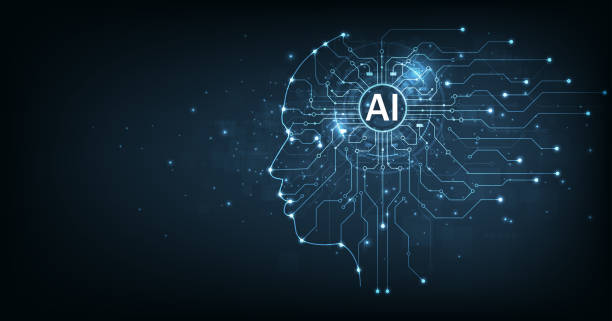
Conclusion
Connected solutions are becoming essential modernization tools for territories. They provide municipalities with the means to better understand their operations, optimize resource management, and deliver more effective and sustainable public services. In an era of ecological and digital transition, these technologies are indispensable for addressing 21st-century challenges.
With field experience, technological expertise, and a user-centered approach, Four Data is a strategic partner in supporting this transformation. By placing data at the heart of decision-making, territories gain agility, transparency, and performance.
Check our last article !
You may also be interested in these articles :


